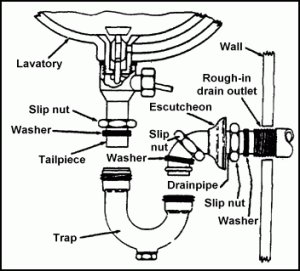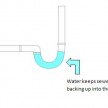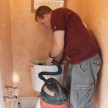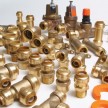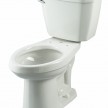How Plumbing Traps Work
3 Main Insights into How Plumbing Traps Work

Unless you are a professional plumber, it is safe to assume that you probably have no idea how plumbing traps work, or what a plumbing trap even is. You have probably encountered terms such as S traps, P traps, grease traps, drum traps, and so on, but you probably haven’t done any research on the subject. Yet, nobody will blame you since most plumbing issues tend to be overlooked as they are less irritating than a cracked wall or a jammed door.
However, plumbing traps should not remain a mystery and, as a responsible home owner, you should try to understand at least the basics, like:
- What a plumbing trap does;
- How it looks;
- What situations require one;
- Models available on the market;
- Code restrictions.
Without further ado, here are three main insights into how plumbing traps actually work.
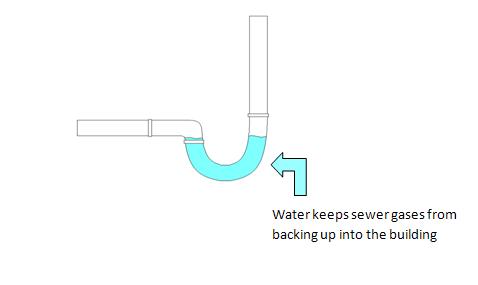
source: ehs.utah.edu
What is a Plumbing Trap?
In short, a plumbing trap is basically a device that retains a small amount of water every time a house fixture is used. That amount of liquid is what experts call a ‘’trap seal.’’ The seal is one of the unsung heroes of the plumbing system, as it prevents buildings from getting permeated by gases and unpleasant plumbing odors from the sewage system, while preventing pests (mice, insects) from creeping into the building.
Another useful function of plumbing traps is making the whole plumbing system and the sensitive pipes easier to clean and maintain through sewer rodding. A rodder is a semi-rigid cable that plumbers use to clear sewer lines and angled pipes. Read more about Sewer Rodding in this article published by The Plumbing Info if you want to dive deeper into the topic.
The trap seal is also a guiding point used by plumbers to measure the maximum amount of water that the trap can hold without bursting. A plumbing trap acts as a barrier that separates the fixtures from the city’s sewage system. It is worth mentioning that every single plumbing fixture, from sinks to bathtubs and showers must be connected to the local sewage system through a trap because traps can make the difference between living in a safe and sanitary environment and experiencing a nightmarish health hazard.
Types of Plumbing Traps
Now that we have established what plumbing traps are let’s look at the most common types used and their role in the plumbing ecosystem.
P Trap
Most P traps have a screw joint located halfway, so they are easy to recognize even by the untrained eye. Their design allows them to be adjusted about 270 degrees in a horizontal plane to connect them with similarly oriented waste pipes. Another advantage is that they can be easily removed when cleaning debris and blockages without affecting the rest of the piping infrastructure.
Bottle Trap
Unlike the P trap, the bottle trap can be unscrewed only at the bottom. It takes less space than other traps, and it is ideal for pedestal mounted basins, which usually face great limitations of space.
S Trap
Similar to P traps, S traps also feature a screw joint halfway through. In many respects, S traps and P traps are virtually indistinguishable, with the only differences being the shape and size. S traps take a lot more space than P traps.
Shallow Trap
Shallow traps are usually used for bathtubs and showers when there is limited space above the floor.
Special traps. These traps are used to eliminate waste from twin bowl sinks, washing machines, and dishwashing machines.
Code Restrictions
Despite their usefulness, an ill-fitted or improper plumbing trap can cause a lot of harm and destruction. Therefore, there are many codes and regulations that impose strict rules onto production, installation and types of traps that are allowed or not.
Here are a few of the restrictions:
- Each trap must have some sort of ventilation system.
- No building or house traps are to be installed without a code official approving the location.
- Traps should not be larger than the fixtures they are mounted on.
- The trap must be aligned with the seal.
- All traps must have a self-cleaning system or design to flush away hair and other obstructive objects.
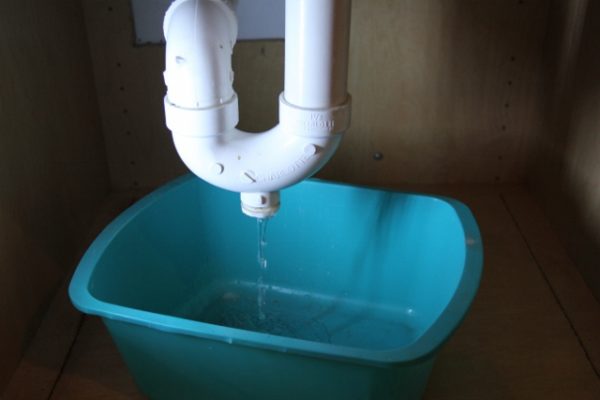
Why Plumbing Traps Fail
Sadly, plumbing traps are not perfect. While many issues can be prevented through a proper installation, there are a lot of instances where issues occur because of a random chain of events.
Here are the top reasons trap seals can break down:
- Back pressure. This happens when a large quantity of waste flows into the drainage system, compressing the air in front of the seal and blowing out the trap.
- Wind effect. If the weather conditions are particularly windy, this can cause the water to rise and fall right into the trap.
- Evaporation. A very common issue, especially during the summer, when the water from the trap has a higher chance of evaporating due to inactivity.
- Trap siphonage. This is usually triggered by either a misalignment between the trap and the plumbing fixture or the presence of an ill-fitted S trap, but there are other reasons as well.
Conclusion
Although plumbing is an alien concept to many people, it is not so hard to understand, how plumbing traps work, you understand the logic behind it. Plumbing traps are an integral part of any plumbing infrastructure, as they prevent unpleasant odors and vermin from entering the building. We hope this article has given you some insight into their function and utility.



